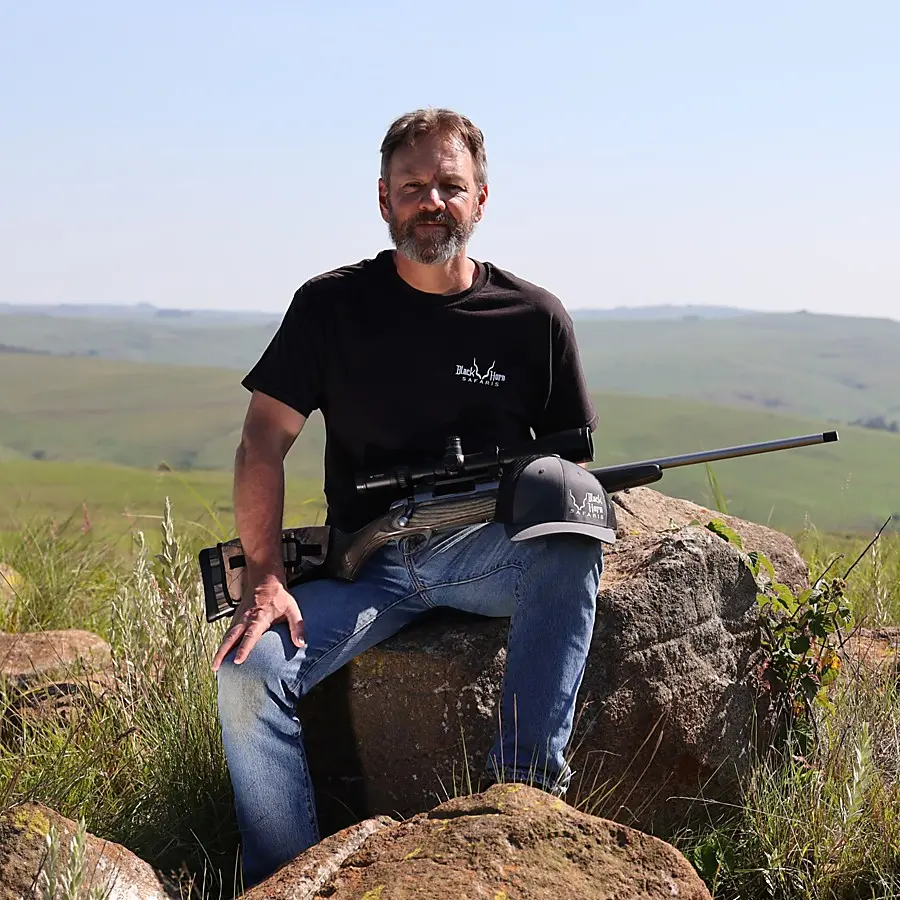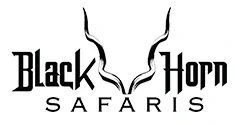
Kudu hunting in South Africa has gained immense popularity among bow hunters from around the world. With its breathtaking landscapes and diverse wildlife, a bow hunt in South Africa offers a unique hunting experience like no other. In this article, we will delve into the thrilling world of hunting kudu in South Africa, exploring the techniques, challenges, and rewards associated with this extraordinary adventure.
Understanding the Kudu
Before embarking on a hunting trip, it is essential to understand the species. The kudu, one of Africa’s most majestic antelopes, is renowned for its impressive size, striking spiral horns, and elusive nature. Male kudus, known as bulls, can reach a height of up to 5 feet at the shoulder and weigh around 600 pounds. The impressive horns, which can measure up to 74 inches in length, make the this species a highly sought-after trophy.
Choosing the Right Location in South Africa
South Africa offers a plethora of hunting destinations, each providing a unique hunting experience. When it comes to hunting big kudu, some regions stand out due to their abundant populations, trophy animals and stunning landscapes. Limpopo, Mpumalanga, and the North West Provinces are among the top choices for kudu hunting, offering a combination of open savannahs, dense bushveld, and challenging mountain terrains.
Preparing for the Hunt
Successfully trophy hunting kudu requires thorough preparation, both physically and mentally. Here are some key considerations:
Physical Fitness
Hunting often involves traversing rugged landscapes and enduring long hours of stalking. Therefore, it is crucial to maintain a good level of physical fitness. Engaging in cardiovascular exercises, strength training, and practicing shooting with archery equipment regularly can significantly enhance your chances of success.
Bow Setup
Investing in high-quality equipment is vital for a successful kudu hunting safari. Select a compound or crossbow with a minimum of 60 to 70 pounds of draw weight and good accuracy to penetrate the chest cavity and reach the vital organs of the animal. Select carbon fiber arrows that have a finished weight of around 450 grains. Mechanical open on contact broad heads work very well for this tough animal species, but need to be razor sharp. Make sure you have the right equipment.
Apart from your bow and arrows, essential gear includes camouflage clothing, comfortable hunting boots, a hunting backpack, binoculars, and a range finder.
Sharpening Shooting Skills
Archery hunting requires precision and accuracy. Prior to your hunting trip, it is crucial to spend ample time practicing with your equipment. This involves honing your shooting technique, mastering different shooting positions, and familiarizing yourself with shooting from varying distances. Regular target practice will enhance your muscle memory, ensuring that you are well-prepared for the actual hunt.
Techniques for a Kudu Bow Hunting Safari
Bow hunting demands patience, stealth, and strategic planning. Here are some techniques to maximize your chances of a successful hunt:
Spot and Stalk
Spot and stalk is a popular technique for hunting these animals. It involves glassing the terrain from vantage points, such as mountain tops or elevated platforms, to locate kudu bulls. Once spotted, the hunter must carefully stalk within shooting range, taking advantage of available cover and wind direction to remain undetected. This technique requires a high level of patience, observation skills, and the ability to move silently.
Waterhole Ambush
Another effective technique for kudu hunting is by setting up a ground blind near waterholes. These animals are known to frequent watering spots, especially during the dry season, making it an ideal opportunity for hunters. By patiently waiting near a waterhole, camouflaged and downwind, the hunter can ambush a good bull as it approaches to quench its thirst. This technique requires careful positioning and precise timing.
Legal Considerations and Ethical Hunting
Before embarking on a hunting trip, it is important to familiarize yourself with the local hunting regulations. Your hunting outfitter will obtain the necessary permits and licenses before you arrive. Any person who is not a S.A. national is required to hunt with a Professional hunter, the guide will normally carry a rifle in case of wounded game. Engaging in ethical hunting practices is equally crucial. This includes taking only ethical shots within your effective shooting range, practicing fair chase, and respecting the natural environment. Responsible hunting ensures the sustainability of the population and contributes to conservation efforts.
Price
The price to hunt a Kudu is $ 3 350 and a 7 day hunting package will cost $ 5 800.
Hunting Packages
Almost every outfitter offers a number of packages on their concessions. These all-inclusive deals will normally include a variety of different plains game species like Impala, Zebra, Wildebeest and Warthog. In addition they will include accommodation in a lodge and the services of a guide.
Shot placement on a Kudu Trophy
Knowing the anatomy of the animals you hunt and being able to execute perfect shot placement is a vital skill that all hunters need to master. By placing your shot in the vital triangle you minimize the suffering of the animal and also ensure a quick recovery. This will reduce the chances of having a wounded and lost animal on your hands and wasting valuable time looking for an animal.
Conclusion
Bow hunting huge kudu in South Africa is a thrilling and challenging endeavor that promises an unforgettable African hunting safari experience. By understanding the kudu species, choosing the right location, preparing adequately, and employing effective hunting techniques, bow hunters can increase their chances of a successful hunt. However, it is essential to prioritize ethical hunting practices and adhere to local regulations to preserve the biodiversity and ensure the sustainability of populations for generations to come. So gear up, embrace the adventure, and embark on an epic South African hunting journey in the stunning landscapes of Africa.
FAQ’s Frequently Asked Questions
What is the kudu known for?
The kudu is known for its impressive size, striking spiral horns, and its shy and elusive nature.
Which regions in South Africa are recommended for kudu?
Limpopo, Mpumalanga, and the Eastern Cape provinces are among the top choices for kudu.
What are some key considerations for preparing for a kudu safari?
Key considerations for preparing for a kudu safari include maintaining physical fitness, investing in high-quality gear and equipment, and sharpening shooting skills.
What gear and equipment are essential for a successful kudu trip?
Essential gear and equipment for a successful kudu trip include a bow and arrows, camouflage clothing, comfortable hunting boots, a hunting backpack, binoculars, a range finder, and a reliable GPS device for navigation.

Adrian Anderson first obtained his Professional Hunters license in 1991. He is a Big Five and Dangerous Game licensed Professional Hunter and Hunting Outfitter. He has a tremendous love for wildlife and the African bush and enjoys sharing his knowledge with the hunting clients that he guides. Guiding hunters in Africa’s wild places is a passion and seeing them succeed with their goals brings satisfaction. With knowledge of the Safari industry built up over 32 years he is well qualified to give guidance to his hunting clients.
